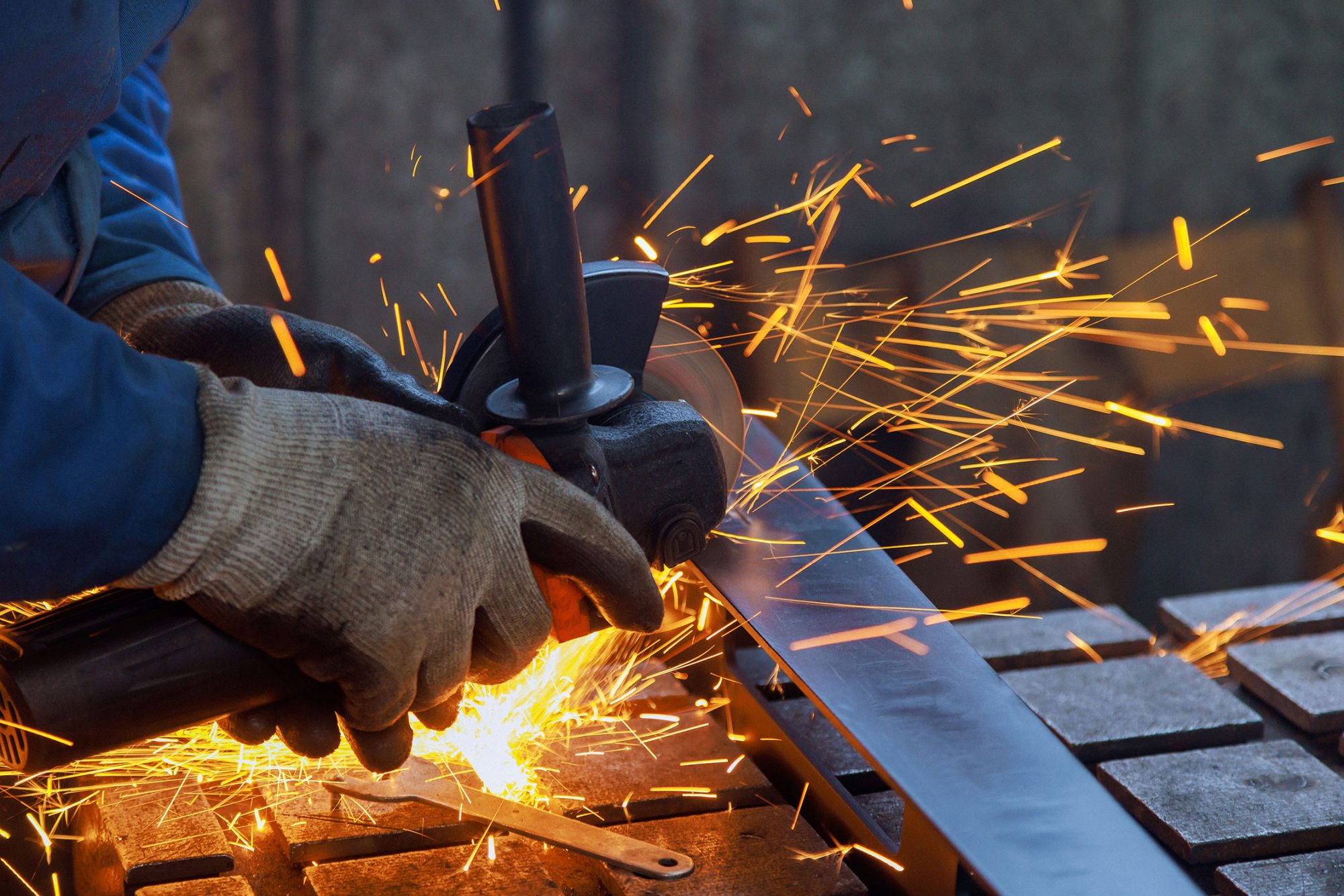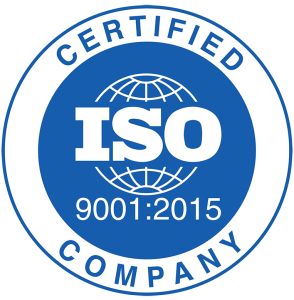If you were to ask someone what they thought the main difference was between square and circle tubes we’d reasonably expect them to answer that it was the shape of them. This is of course correct, but it is far from being the only quality which separates them. In terms of which shape ERW steel tubes should be selected for use in a specific project, there are a number of factors which must be taken into account. Continue reading “Which shaped tube is best to use?”
Can robots cut steel tubes perfectly?
Advances in technology have allowed for production measurements to be made with a level of precision which wasn’t possible with a purely manual approach. The equipment available today allows for extremely low tolerances, which means that products can be measured and cut as an exact match to design specifications. It would, however, be incorrect to say that the technology itself makes this happen. Continue reading “Can robots cut steel tubes perfectly?”
Quality ERW tube to suit your application
ERW tube is still very widely used today because it is cost effective and can be manufactured in a wide array of shapes and dimensions. You can choose rounded or angular tubing, giving you the opportunity to select the style that best suits the intended function and aesthetics too. There are even processes to create products that have a round or angled exterior but a completely different shaped interior. This means you could have a circular tube with a hexagonal inner diameter for example. Continue reading “Quality ERW tube to suit your application”
Removing the sharp edges from tubes
In many situations, the ends of steel tubes need to be made safer and with softer edges in order to reduce health and safety risks or ensure stronger joins between multiple tubes. Deburring is the name for this process when it comes to working with metals, and it is one of the most important aspects of our service. While deburring may seem like a simple and straightforward task, it can be responsible for a significant percentage of manufacturing costs. Using our deburring services helps you avert much of the cost impact. Continue reading “Removing the sharp edges from tubes”
Further developments with ERW tubes
Developments in welding techniques have closed the gap in quality between seamed and seamless tubes. Seamed products can now have comparable strength and durability while also offering great cost savings. However, seamless tubes still offer one major benefit in that the tube can be created in a wide range of sizes and wall thicknesses. The thickness range is smaller with ERW steel tubes. Continue reading “Further developments with ERW tubes”
The resurgence of seamed tubing
The history of welded tubing is very interesting. Initially, the only way to make it was to use rollers or funnels to shape a piece of sheet steel before welding the edges together. This technique was prevalent throughout the first half of the 19th century. Manufacturing techniques for seamless products were invented towards the end of the century. The products they made quickly became favoured over seamed tubes because they were stronger due to the lack of a seam. Continue reading “The resurgence of seamed tubing”


